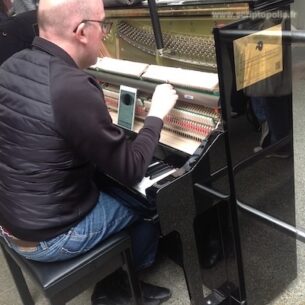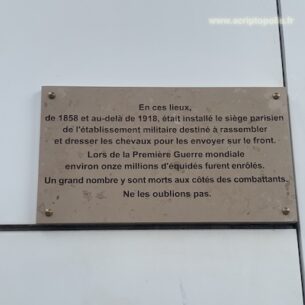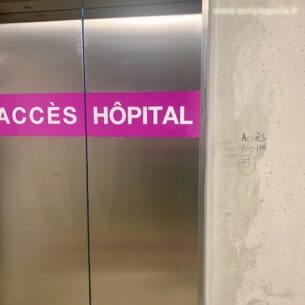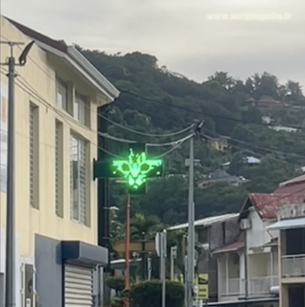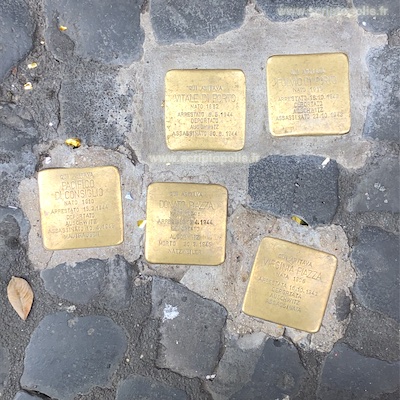Stumbling block
In many European cities, posters showing the portraits of Israelis murdered or taken hostage by Hamas on October 7 have been torn down. This phenomenon, like other sequences of political collages and torn out, testify to the depth of emotions when it comes to Israel, and to reformulations of anti-Semitism in the 21st century. A few meters away from these fragile writings, passers-by encounter other invitations to individual and collective remembrance with which they have become familiar.
For 30 years, German artist Gunter Demnig, his wife, a history teacher, and a collective of a dozen people have been replacing the cobblestones of towns where groups of people were murdered by the Nazis and their allies with golden brass paving stones forming tragic golden clusters in a neighborhood or street.”HERE LIVED/ VIRGINIA PIAZZA/ born in 1906/ arrested on 16 october 1936/ sent to concentration camp/ Auschwitz/ murdered”. These stumbling blocks –Stolpersteine– sealed in front of the final residences of the victims are part of contemporary projects aimed at preserving the memory of acts that are considered so far from the experience of next generations that they could be forgotten, if not denied. By placing Stolpersteine side by side with recent posters torn out of the Jewish ghetto in Rome, they highlight for passers-by both the role played by the surfaces and instruments of inscription (a resistant material that can be polished as you walk) and the importance of public record-keeping in the recognition of victims (topographical databases established by towns and completed by Mrs Demnig, who is a historian), but also the temporalities of displaying and restoring these inscriptions in public space (the inhabitants restore them when they are covered with paint, and sponsors finance their replacement when they are unearthed).



